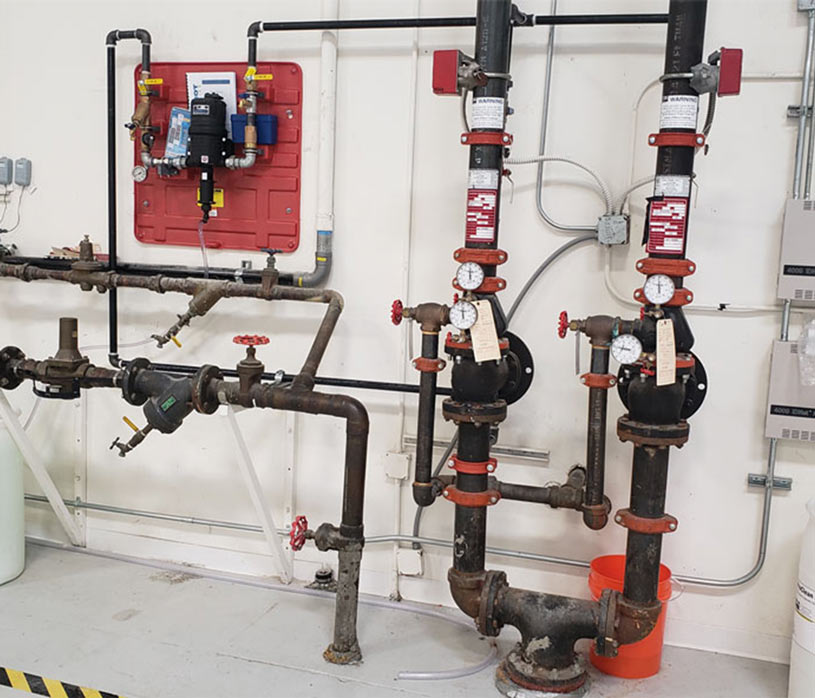Quality
Following the quality of our service thus having gained trust of our many clients.
The corrosion engineering experts at Huguenot Laboratories have over 150 years of combined industry experience in testing and mitigating microbial and generalized corrosion in fire protection systems (FPS).
Huguenot Laboratory eliminates corrosion and MIC in Fire Sprinkler Systems. Protects and preserves and maintains water-based systems with guaranteed results. Only management company approved through Underwriter Laboratory and standards established by NFPA. Patented equipment provides ongoing control and monitoring. No more pin hole leaks. 30 years seasoned leaders dedicated to protecting systems.
Following the quality of our service thus having gained trust of our many clients.
We have established a corporate mandate to maintain strong core values that truly reflect.
Our company develops a unique dynamically and keeps in step with the times.
200+ Ratings
Trusted and loved products and support!




Generalized and mic-related corrosion is common in the fire sprinkler systems in buildings, factories, and warehouses. mic attacks all types of metals in a fire sprinkler system, with steel pipe being the most vulnerable.
The internal build-up of heavy corrosion can occur in isolated parts of a system or can be living and growing throughout the entire network of pipes and sprinkler heads.
under-deposit corrosion is found in both new and old systems. it is well documented as the primary cause of pinhole leaks in fire sprinkler systems around the globe.

Please fill out the form below and we will help you determine which test kit is correct for you.
"*" indicates required fields

Generalized and mic-related corrosion is common in the fire sprinkler systems in buildings, factories, and warehouses. mic attacks all types of metals in a fire sprinkler system, with steel pipe being the most vulnerable.
Huguenot Laboratories specializes in treating all aspects of fire sprinkler systems. We are a growth-oriented company whose mission is to provide a value-added service to the fire sprinkler industry. We provide our customers with a team of experts in the prevention of corrosion, water treatment programs, and the management of Microbiologically Influenced Corrosion (MIC).

If you're looking for a positive, helpful partner who is ready to provide you with exceptional service, let's talk today!
"*" indicates required fields